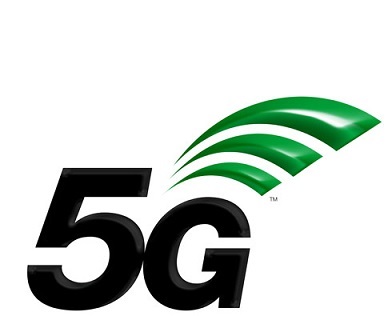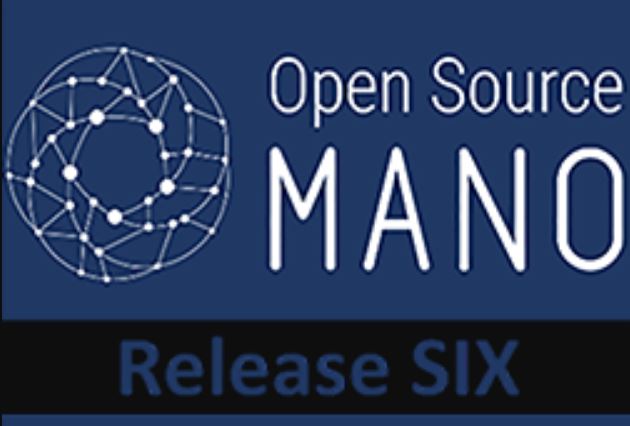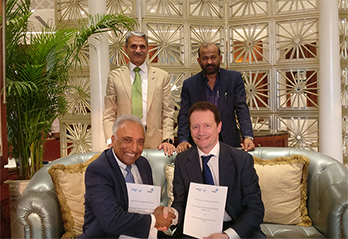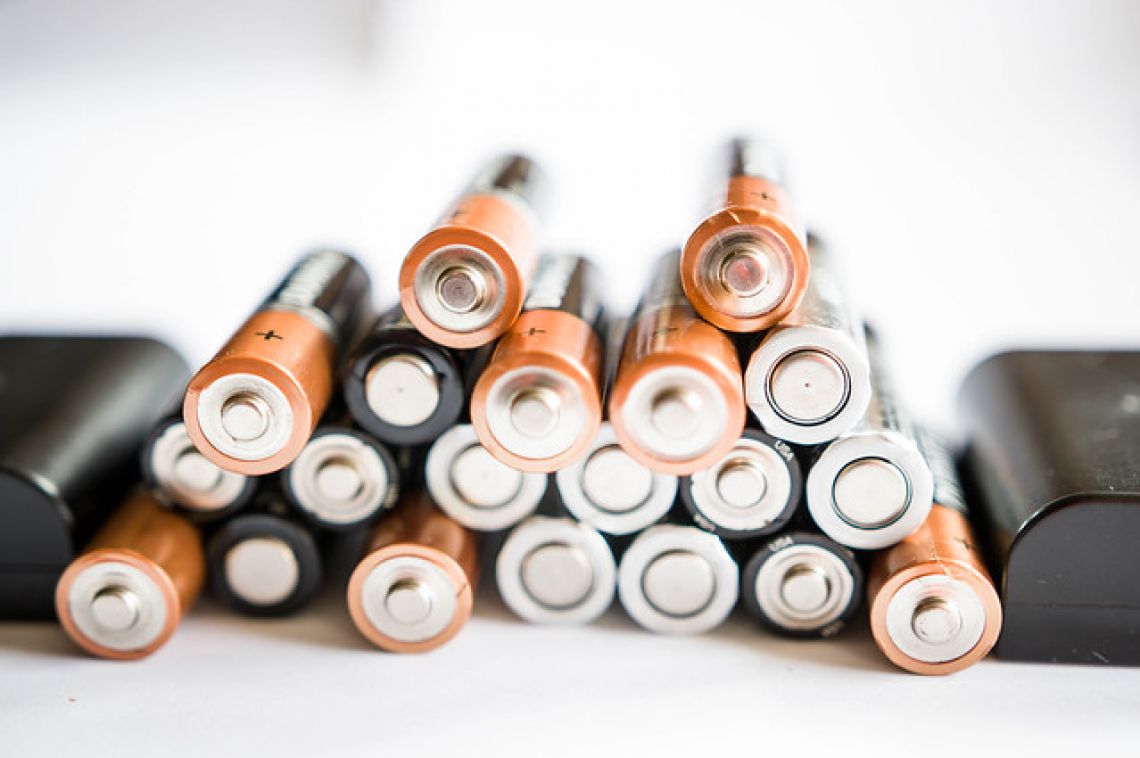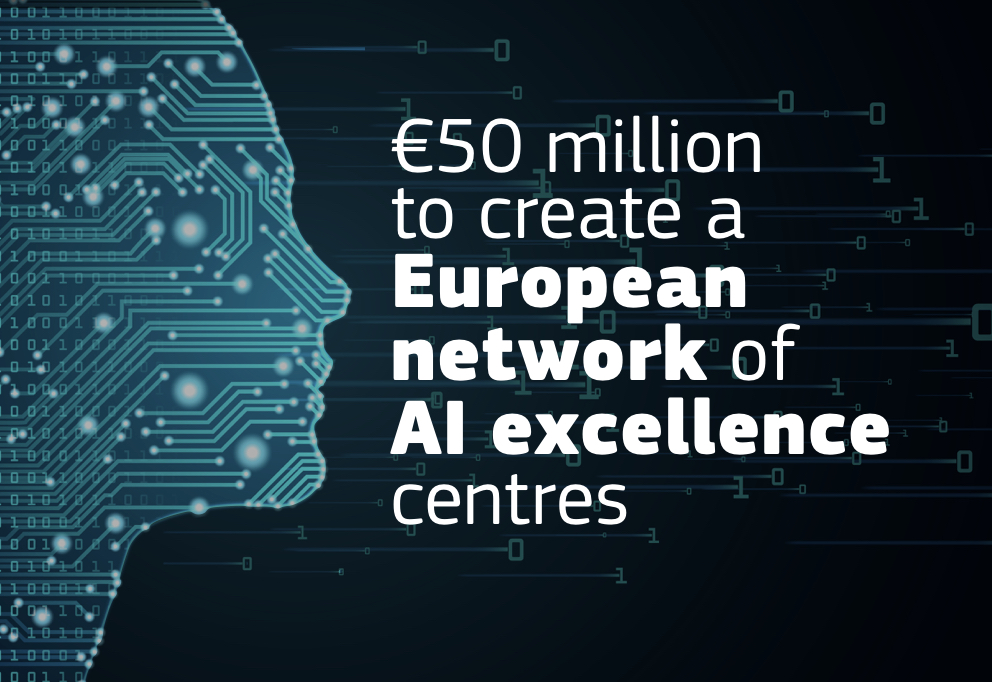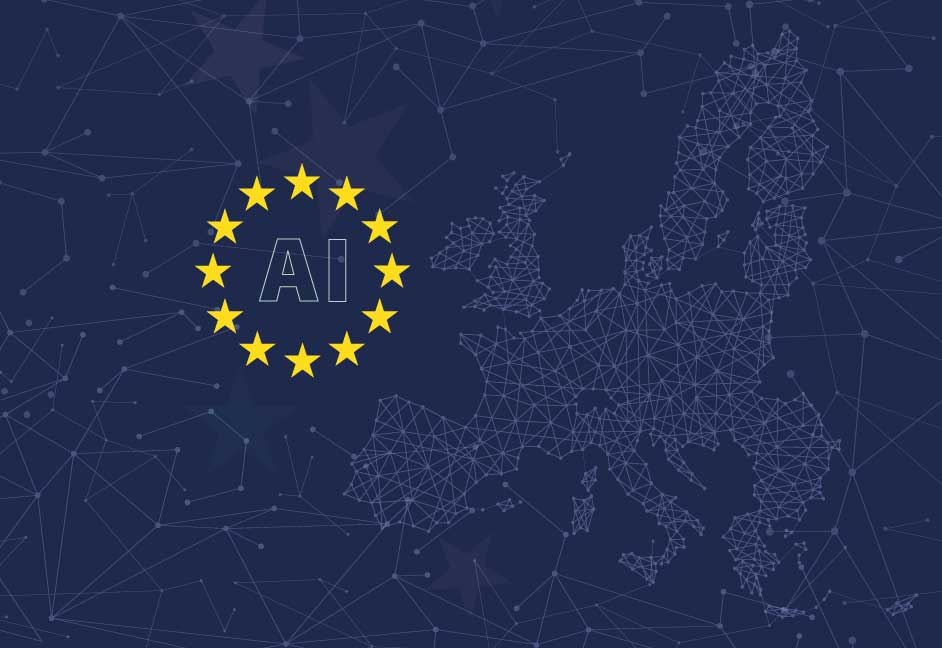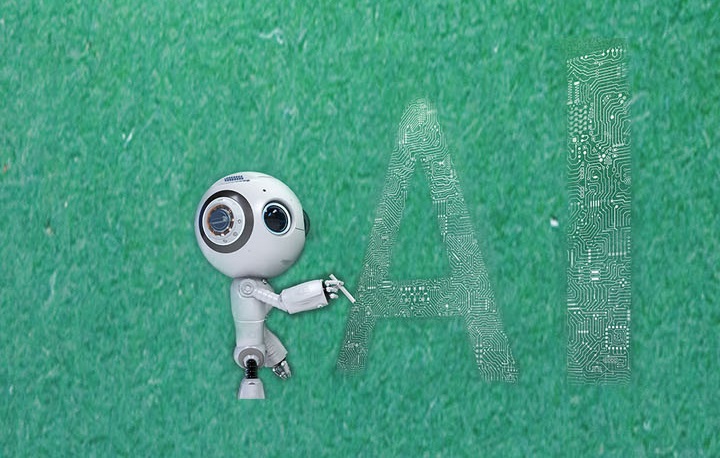ETSI’s industry specification group for Network Function Virtualisation (ETSI NFV) has enhanced the system as well as designed new features to support 5G networks. ETSI NFV has added 5G resource management and orchestration aspects on top of the NFV Release 2 architecture framework.
New NFV Release 3 features that closely relate to 5G include Support for network slicing in NFV, Management over multi-administrative domains, and Multi-site network connectivity. These features are essential to address the variety of applications expected to run on top of a 5G system, whether using distributed resources over multiple sites, centralized or a combination of both.
ETSI and 3GPP have collaborated on specification work for ETSI NFV Release 2 and 3, to ensure interoperability between management systems, covering upper orchestration and management layers, such as network management or application management.
CEN released GUIDE 17 on the safety of pressure equipment
Newly published CEN Guide 17 ‘Safety of pressure equipment - Rules and recommendations for the drafting and presentation of safety standards’ gives some guidelines on how to develop safety standards for pressure equipment. In particular, it provides clear recommendations on the criteria for the selection of new work items and for procedures to prepare, produce or revise standards in an efficient and effective way, focussing on safety aspects of pressure equipment. Standards developed following the new Guide contribute to preventing accidents and reducing waste. They also enable manufacturers and suppliers to market and sell equipment to customers throughout Europe and around the world.
In the scope of this deliverable, pressure equipment covers a wide range of products from consumer products such as pressure cookers and portable fire extinguishers, through to major industrial applications such as reactors, columns, boilers, steam generators, heat exchangers, industrial piping and safety device for the power generation, food, chemical, pharmaceutical, oil and gas sectors.
ETSI's Open Source MANO (OSM) has announced its new Release SIX. The new Release brings a huge new set of capabilities to provide end-to-end orchestration across heterogeneous networks and cloud technologies.
Among a large number of improvements, Release SIX makes the management of complex services much easier thanks to the extended capabilities to create Network Service primitives and the extension of its Service Assurance (SA) framework, which now can control, store and react to a much wider set of events and conditions in the context of running Network Services and Slices.
In addition, Release SIX widens even more the range of underlying technologies that are supported by OSM. New connectors have been developed for FOG05 Edge clouds, TAPI-based transport networks, VMware’s vCloud Director 9.5, and public clouds. Similarly, various improvements have been added to the already large set of connectors available from previous releases to support additional EPA attributes and ameliorate the support of underlays with the addition of multi-segment networks.
The ETSI Technical Committee ATTM has just released the ETSI specification TS 105 176-2, to provide interoperable Ethernet and Power over Coax solutions for IP video surveillance.
The specification was developed to enable an energy efficient and sustainable transition from legacy analogue video surveillance systems to IP video surveillance systems thanks to the transmission of IP data over coaxial cable infrastructures, while ensuring safe and reliable power delivery.
ETSI TS 105 176-2 implementation ensures interoperability between a set of communication devices such as IP cameras, IP switches, video intercom systems, displays or IP audio devices connected over a coaxial cable infrastructure to a receiver device such as a power over coax switch device. This specification provides the ability to extend a video surveillance coaxial network with additional IP cameras or devices without having to deploy new cables from the head end device to a new front-end device.
Acknowledging the role of standards, especially in the context of emerging technologies and technologies of the future and the need to collaborate and work in partnership with different types of organizations around the world, COAI, the apex industry association representing leading Telecom, Internet, Technology and Digital Services companies and ETSI, a leading standardization organization for Information and Communication Technology (ICT) standards fulfilling European and global market needs announced to come together once again to work and collaborate on areas of mutual interest.
As part of this collaboration, Seconded European Standardization Expert (SESEI) local representative of ETSI will be working closely with COAI through this MoU to strengthen their relationship and foster a closer co-operation on common agenda items between them and promote ETSI-India cooperation on standards related issues.
The ETSI Industry Specification Group working on IPv6 (ISG IP6) has been extended until December 2020 in order to complete an IPv6-based vehicular networking report and a report on IPv6 security, cybersecurity and privacy.
The ETSI ISG IP6 has already released 7 Group Reports that cover very sensitive areas for the deployment of IPv6. They address 6TiSCH interoperability test specifications, IPv6-based 5G mobile wireless internet deployment, the deployment of IPv6-based SDN and NFV, IPv6-based industrial internet leveraging 6TiSCH technology, the deployment of IPv6-based Internet of Things, the generic migration steps from IPv4 to IPv6 and the IPv6 deployment in the enterprise.
IPv6 was developed to address IPv4 address exhaustion in some parts of the world and enable new internet services with improved end to end security. With the Internet of Things and the growing number of connected devices round the world, IPv6 becomes a necessity.
Horizon 2020 Work Programme to kick-start a large-scale research initiative on future battery technologies
The updated Horizon 2020 Work Programme provides €47 million to kick-start the large-scale research initiative on future battery technologies previously announced in the Commission Strategic Action Plan for Batteries.
At the dawn of a new, connected and green era — represented by autonomous vehicles, smart cities, smart grids based on renewable energy sources, drone aircraft and robotic devices — reliable and safe batteries with ultra-high performance are becoming essential.
The Cross Cutting part of the Horizon 2020 Work Programme adopted by the European Commission on 2 July allocates €42 million to kick-start a large-scale research initiative on future battery technologies.
AI Excellence in Europe: €50 million to bring world-class researchers together
With a world-class community of scientists and a strong research infrastructure, Europe has an important potential in leading technological advancements on Artificial Intelligence (AI). It is therefore essential that the best research teams in Europe join forces to tackle major scientific and technological challenges, hampering the deployment of AI-based solutions.
The call articulates in two actions:
- Research and Innovation Action to mobilise the best researchers into networks of excellence centres that will reach a critical mass on key AI topics.
- Coordination and Support Action to foster exchange between the selected projects, and other relevant initiatives.
These actions are expected to create synergies with the industrial sector and foster an ecosystem of R&D resources, expertise and infrastructure (in areas such as HPC, robotics equipment, IoT infrastructure).
EU artificial intelligence ethics checklist ready for testing
The European Commission has just launched the pilot phase of the ethics guidelines for trustworthy AI, as the High-Level Expert Group on Artificial Intelligence released its policy recommendations.
As of today, organisations can test the assessment list for trustworthy artificial intelligence, developed by a group of 52 independent experts on behalf of the Commission, and see how robust it is in practice. Over 300 organisations have already expressed interest in doing so since the group released its Ethics Guidelines for Trustworthy AI in April this year. An online survey has been created to gather feedback on the assessment list and will be open until 1 December 2019. Best practice examples for assessing the trustworthiness of AI can also be shared through the European AI Alliance.
ETSI launches specification group on Securing Artificial Intelligence
ETSI has announced the creation of a new Industry Specification Group on Securing Artificial Intelligence (ISG SAI). The group will develop technical specifications to mitigate threats arising from the deployment of AI throughout multiple ICT-related industries. This includes threats to AI systems from both conventional sources and other AIs.
The intent of the ISG SAI is therefore to address 3 aspects of artificial intelligence in the standards domain:
- Securing AI from attack e.g. where AI is a component in the system that needs defending
- Mitigating against AI e.g. where AI is the ‘problem’ or is used to improve and enhance other more conventional attack vectors
- Using AI to enhance security measures against attack from other things e.g. AI is part of the ‘solution’ or is used to improve and enhance more conventional countermeasures.
The purpose of the ETSI ISG SAI is to develop the technical knowledge that acts as a baseline in ensuring that artificial intelligence is secure. Stakeholders impacted by the activity of ETSI’s group include end users, manufacturers, operators and governments.






